
views
Brainstorming Ideas for a Short Novel
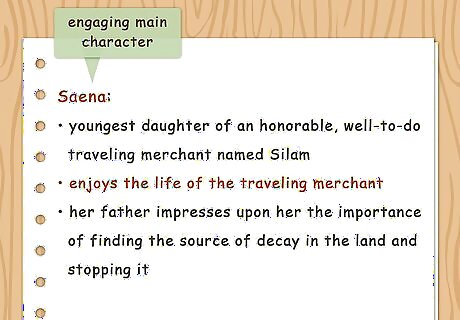
Focus on an engaging narrator or main character. Short novels are best when they focus on one narrator and their interactions with other characters. Create a narrator that has a unique voice or style. Make the narrator particular and specific. The narrator can then transport the reader into the world of the story in a short period of time. For example, you may have a narrator who is a teenager with a disability and considered an outcast in their small American town.
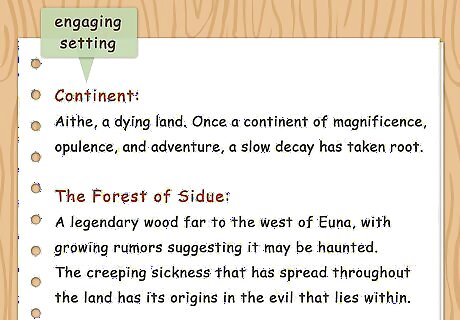
Use setting as inspiration for the short novel. Setting can be another good jumping off point for a short novel. Pick a setting that you have a lot to say about or that you are curious about. Go for a setting that will be new or engaging to the reader. Then, structure the novel around the setting. For example, you may write a short novel set in a Caribbean island during a political uprising. Or you use your neighborhood as the main setting in the novel and structure characters and conflict around the setting that way.

Take an existing short story and make it into a novel. If you already have a few short stories that you have been itching to expand, try turning one of them into a short novel. Pick a short story that feels like it could be longer or fuller. Try using the same characters, conflict, and setting for a novel. For example, you may have a short story about a missing boy in a small town that you think could be expanded into a short novel.

Read examples of a short novel. To get a better sense of how to write a short novel, read examples that are considered successful or well done. You may read short novels like: The Lottery by Shirley Jackson Brokeback Mountain by Annie Proulx Department of Speculation by Jenny Offill The Reluctant Fundamentalist by Mohsin Hamid
Drafting the Short Novel
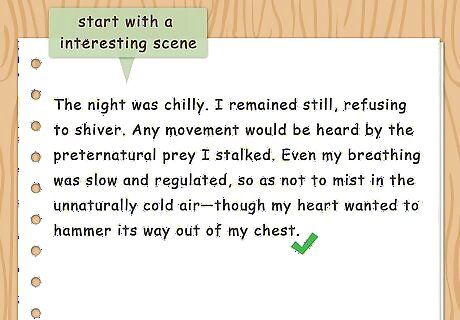
Begin in scene. Start with action and scene so your reader is grabbed right away. Focus on a scene involving your narrator or your main character. Begin with a scene that will give the reader a sense of the narrative voice and the style of the rest of the novel. For example, you may begin with a scene involving the main character and their mother. The relationship between the main character and the mother character may then be carried on throughout the rest of the novel.
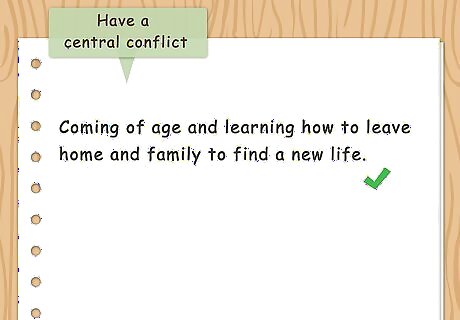
Have one central conflict. A short novel should only focus on one conflict or situation involving your main character. This will prevent the novel from growing into a longer narrative and make it easier for you to stay focused while you write. Have one central conflict in the novel and go from there. Try to summarize the central conflict or plot of the novel in one sentence. If you can do this, the conflict or plot is likely clear enough for the short novel. For example, you may have a central conflict like, “Teenager Mary Heti struggles to come out to her religious mother and deal with being a social outcast in a small Southern town.”
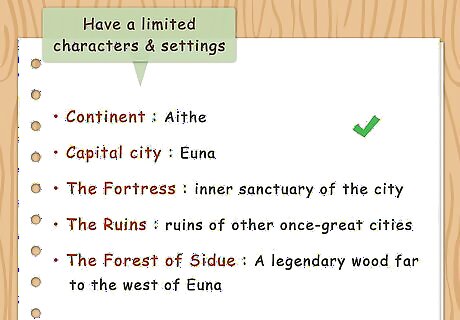
Include a limited number of characters and settings. Keep your number of characters within one to four maximum in the short novel. This will help you avoid getting overwhelmed by too many characters in such a short work. You may focus on one or two main characters and one or two secondary characters. You should also limit your settings so the reader can be immersed in the novel. For example, you may have one main setting, like the small American town where the narrator lives. You may then have one secondary setting, like the summer camp in the woods she goes to for one month.

Use repetition and pacing. A short novel should move fast to keep the reader engaged. Repeat key themes and ideas throughout the novel. Have recurring scenes or moments so the novel feels well paced. For example, you may have the narrator go see a doctor on a recurring basis as part of the novel’s structure. Or you may have a main character who charts the movement of a star in the sky throughout the novel to tie it all together.
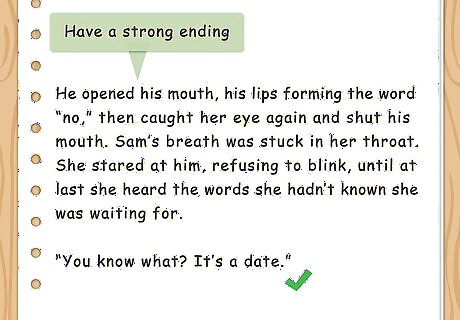
Have a strong ending. A short novel lends itself to an ending that packs an emotional punch. Surprise your reader with a good twist at the end. Set up the reader’s expectations and then knock them down. Make the ending surprising and unexpected, as this will leave the reader satisfied when they put the novel down. For example, you may have a satisfying ending where the mother character accepts the main character for who they are, despite her religious beliefs.
Polishing a Short Novel

Read the novel out loud. Once you have finished a draft of the short novel, read it aloud from beginning to end. Notice how the sentences sound out loud. Pay attention to the pacing of the novel and make sure each chapter or section transitions smoothly into one another. Reading the novel out loud will also help you catch any spelling, grammar, or punctuation errors.

Show the novel to others. Ask friends, peers, and family members to read the novel. Choose individuals that you trust and respect to read your work. Be open to constructive feedback and listen to what others have to say about the novel. Ask your readers if they find the novel engaging and entertaining. Pose questions about the pacing, characterization, and description in the novel. You can also join a writing group or create your own writing group and have the group workshop your novel draft.
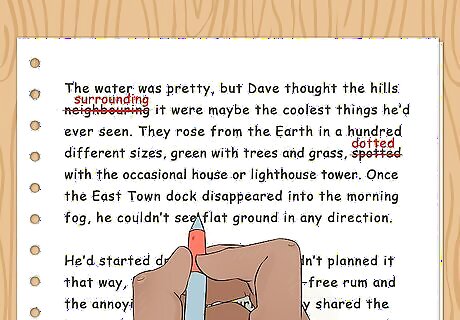
Revise the novel for length and clarity. Once you have received feedback on the novel, revise it so it is within 20,000 to 40,000 words. Cut any scenes that feel too long or unnecessary. Clarify any confusing sentences or sections for the reader. Polish the novel so it is at its best. After the novel has been revised, you can then decide if you’d like to try to publish it so you can share it with a wide audience.




















Comments
0 comment